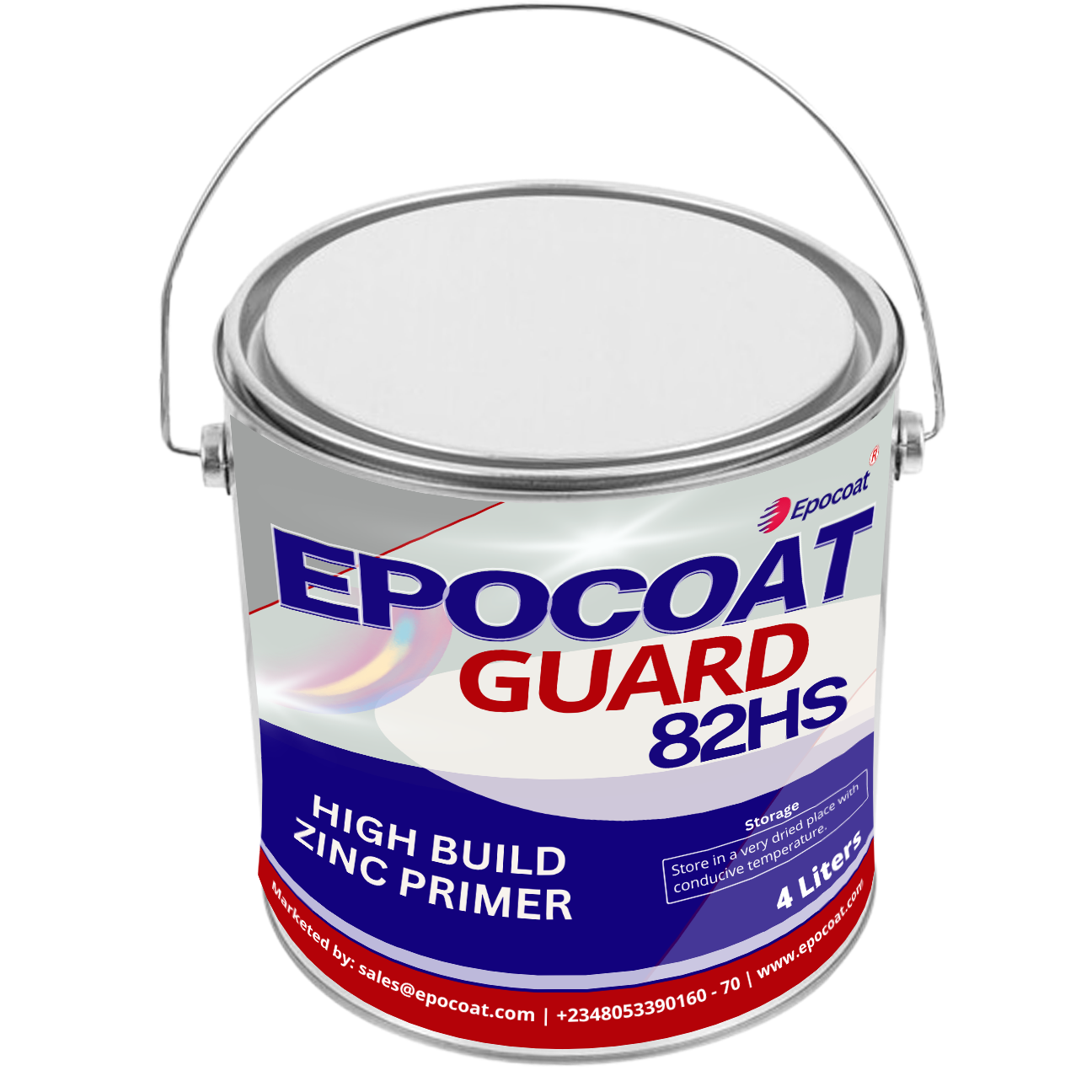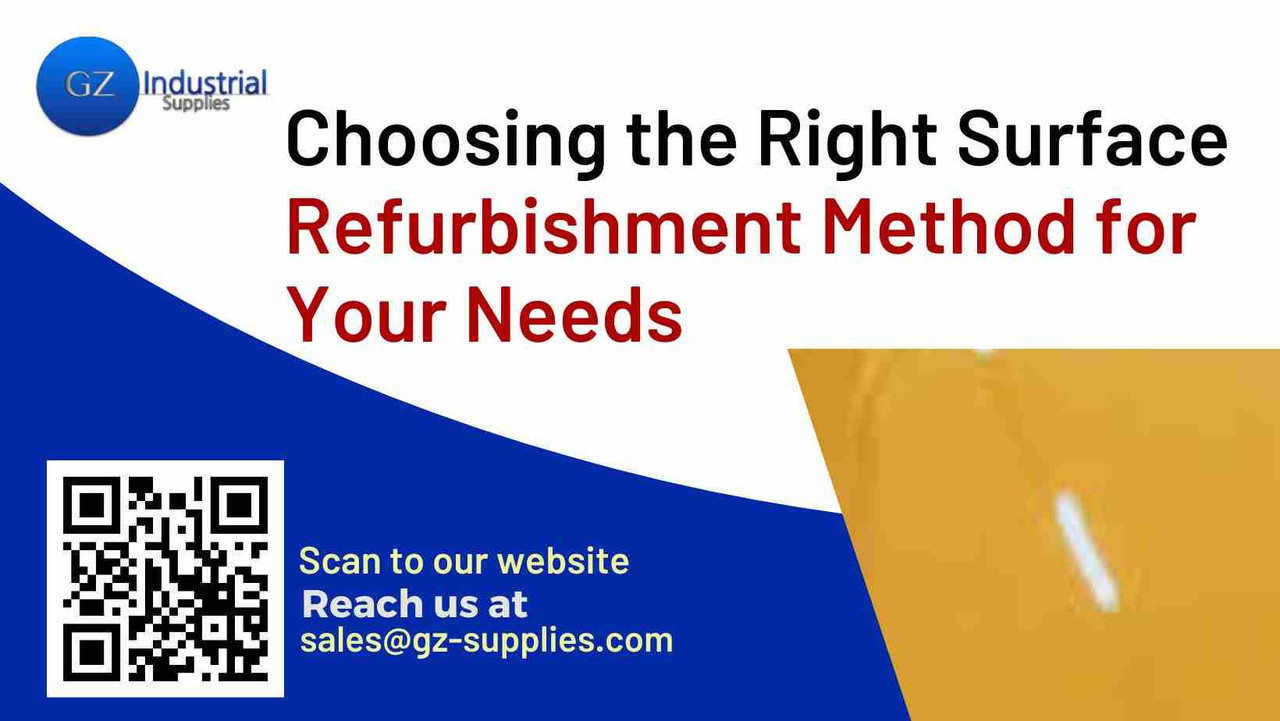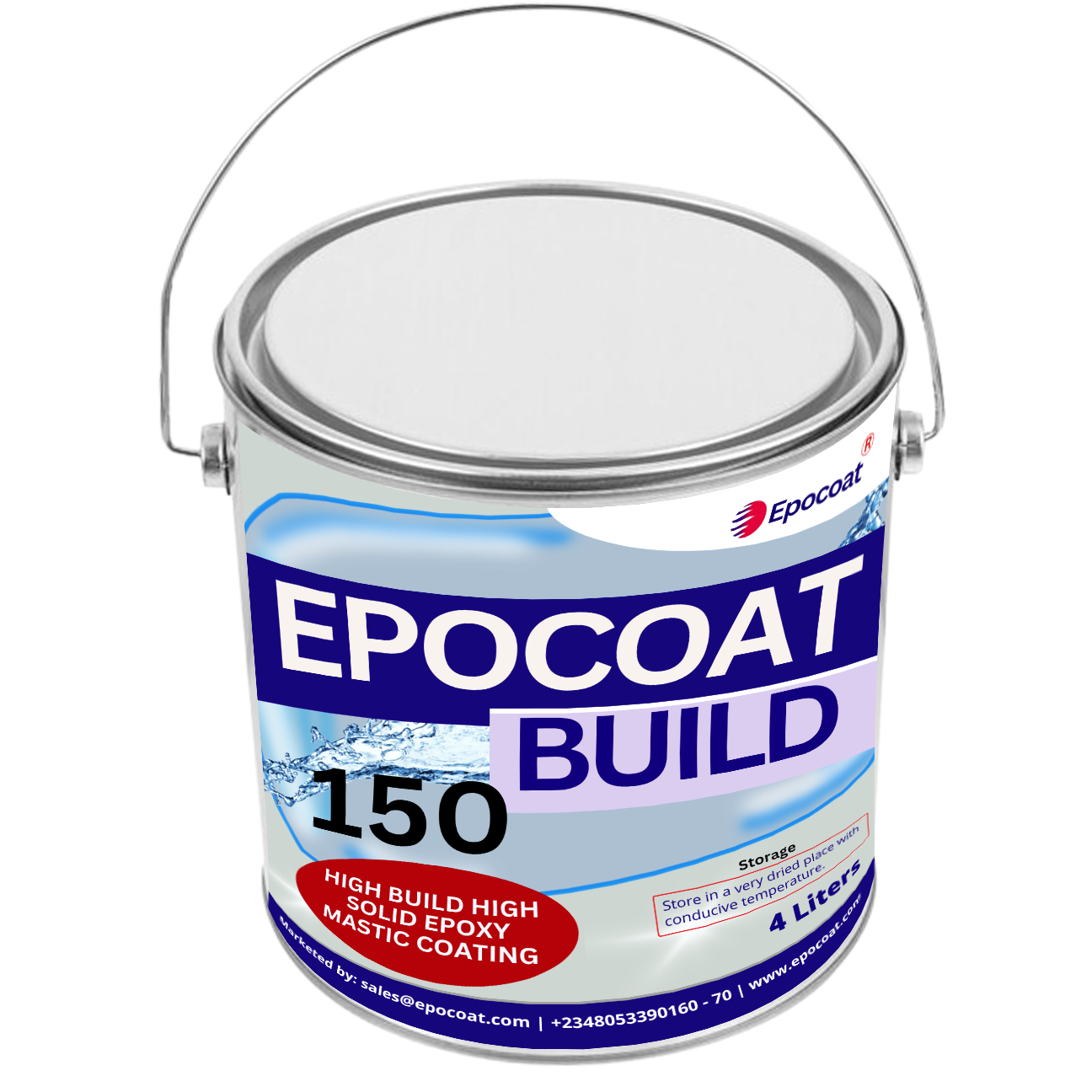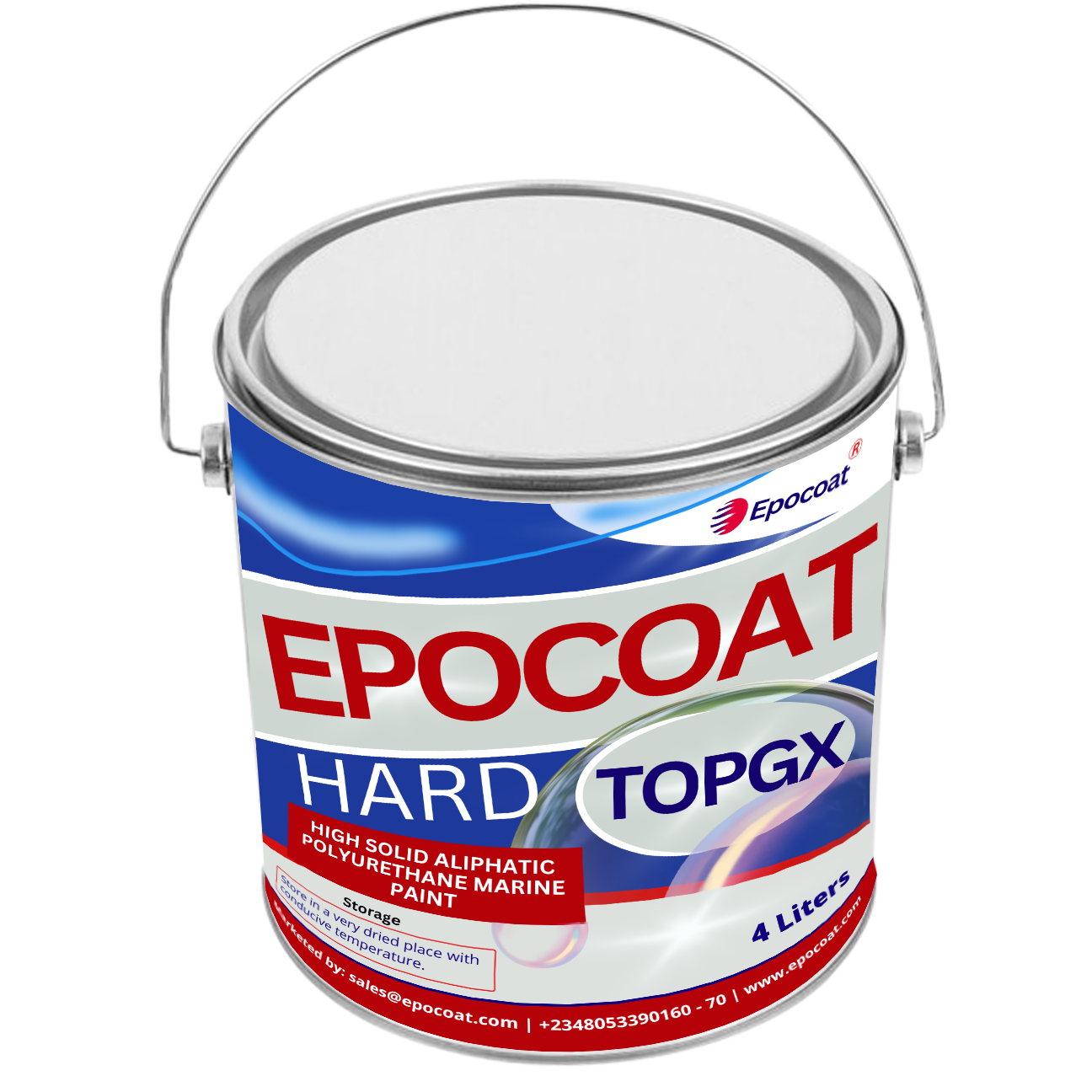Choosing the Right Surface Refurbishment Method for Your Needs
Key Takeaways

Introduction
Imagine investing time and resources into a surface refurbishment project, only to end up with results that fall short of expectations. The key to avoiding such pitfalls lies in selecting the right refurbishment method tailored to your specific needs. Surface refurbishment is a critical process for maintaining and enhancing the lifespan, appearance, and functionality of various materials. Whether it's metal, wood, or concrete, refurbishing surfaces can protect against wear, corrosion, and environmental damage.
The right surface refurbishment method can breathe new life into your home, office, or industrial facility. When choosing the right surface refurbishment method for your needs, the type of surface material is a crucial factor to consider. Each material—whether metal, wood, or concrete—has distinct characteristics that necessitate specific approaches. For example, metal surfaces often need treatments that address rust and corrosion, ensuring long-lasting protection and stability. A popular method for metal surfaces is powder coating, which applies a protective and decorative finish through electrostatic spraying and baking. Wood, on the other hand, requires careful techniques that maintain its natural grain while preventing damage or warping. Sanding is an effective method for wood, as it smooths out old finishes and prepares the surface for new treatment. Concrete surfaces typically demand methods that address issues such as cracks and porosity, enhancing durability and appearance. Concrete resurfacing is a common approach for concrete, applying a new layer to repair and rejuvenate the surface. By understanding the unique properties of your surface material, you can select the most appropriate refurbishment technique to achieve the best results.
In this article, we'll guide you through selecting the right refurbishment technique tailored to your specific needs, ensuring optimal performance and cost-effectiveness.
Surface Refurbishment Methods
Surface refurbishment methods are tailored to address the specific needs of different materials, ensuring that repairs and enhancements are both effective and durable. Here’s an overview of common techniques for various surface types:
For Metal Surfaces
- Sandblasting: This method involves blasting the surface with abrasive materials to remove rust, paint, and other contaminants, creating a clean base for further treatment.
- Powder Coating: An electrostatic process where a dry powder is applied and then baked to form a hard, protective finish. It is ideal for preventing rust and enhancing the metal's appearance.
- Galvanizing: Involves coating the metal with a layer of zinc through hot-dip or electroplating processes to prevent corrosion and extend the metal’s lifespan.
- Grinding and Polishing: Mechanical processes that smooth out surface imperfections, restore a shiny finish, and prepare the metal for additional coatings if needed.
For Wood Surfaces
- Sanding: Removes old finishes and smooths the wood surface, preparing it for staining or painting. Various grit levels are used depending on the extent of the roughness.
- Stripping: Utilizes chemical or mechanical methods to remove old paint, varnish, or other coatings, allowing for a fresh surface treatment.
- Staining and Sealing: Enhances the wood's natural color and grain while applying a protective sealant to guard against moisture and wear.
- Varnishing: Adds a transparent protective layer that helps preserve the wood’s appearance and durability over time.
For Concrete Surfaces
- Concrete Resurfacing: Applies a thin, new layer of concrete or an overlay to repair surface damage and improve the appearance of worn-out concrete.
- Crack Filling: Uses specialized fillers to repair and seal cracks, preventing further damage and maintaining the integrity of the surface.
- Shot Blasting: Cleans and textures the surface by propelling abrasive materials at high speeds, preparing it for new coatings or sealers.
- Epoxy Coating: Applies a durable resin-based coating that offers strong resistance to stains, chemicals, and heavy wear, extending the life of the concrete surface.
Choosing the appropriate surface refurbishment method is crucial for ensuring the longevity and effectiveness of the material. The right technique can significantly extend the life of surfaces, enhance their performance, and maintain their aesthetic appeal. Conversely, using the wrong method can lead to reduced effectiveness, potential damage, and higher costs in the long run.
Factors to Consider When Choosing a Surface Refurbishment Method
1. Type of Surface Material
Understanding the material of the surface is the first step in determining the best refurbishment technique. Different materials, such as metal, wood, and concrete, have unique properties and requirements. For instance:
- Metal: Requires methods that can handle rust and corrosion.
- Wood: Needs techniques that preserve the grain and avoid damage.
- Concrete: Often involves methods that can deal with cracks and surface porosity.
2. Condition of the Surface
The current state of the surface greatly influences the choice of refurbishment method. Considerations include:
- Level of Damage: Surfaces with minor wear may need light sanding, while heavily damaged ones might require abrasive blasting.
- Presence of Contaminants: Surfaces contaminated with oils or chemicals might need specific cleaning agents.
3. Desired Outcome
The intended result of the refurbishment also guides the choice of technique. Whether you seek aesthetic improvement, enhanced corrosion resistance, or surface smoothness, each goal may necessitate a different approach.
4. Environmental Considerations
Environmental factors play a significant role in selecting a refurbishment method. Surfaces exposed to moisture, saltwater, or chemicals need methods that can withstand these conditions. For example, protective coatings and waterproofing solutions are essential for surfaces in harsh environments.
5. Budget and Cost-Effectiveness
Balancing budget constraints with cost-effectiveness is vital. Some methods might be more expensive upfront but offer long-term savings by extending the surface's life and reducing maintenance needs.
Techniques for Surface Refurbishment and Their Suitability
- Abrasive Blasting: Abrasive blasting involves cleaning and preparing surfaces by propelling abrasive materials at high velocity. It is best for heavily contaminated surfaces or when a textured surface is needed for better adhesion.
- Chemical Stripping: Chemical stripping uses agents to remove old paint, coatings, and contaminants. Ideal for intricate parts or when abrasive methods might cause damage.
- Thermal Cleaning: Thermal cleaning uses high temperatures to burn off old coatings and contaminants.Effective for cleaning complex shapes and heavily contaminated surfaces.
- Mechanical Cleaning: Mechanical cleaning involves using grinding, sanding, and brushing to clean and prepare surfaces. Suitable for precise removal of specific areas of damage or contaminants.
Matching Techniques to Your Needs (Steps to Take)
1. Assess The Surface Condition: Evaluate the surface condition by examining the level of contamination, damage, and the desired surface profile. For instance, abrasive blasting might be ideal for heavily rusted metal, while chemical stripping suits delicate wood surfaces.
2. Consider The Material Type: Select methods based on material types:
Metal: Abrasive blasting or thermal cleaning.
Wood: Chemical stripping or gentle sanding.
Concrete: Abrasive blasting or mechanical cleaning.
3. Evaluate Possible Cost and Lifspan: Balance the cost of refurbishment methods with the expected longevity and performance improvements. While some techniques might be costlier, they can offer long-term savings by reducing the frequency of maintenance.
4. Consult with Professionals: Consulting with surface refurbishment experts can provide valuable insights and help make an informed decision. Professionals can assess your specific needs and recommend the most suitable methods and products, such as high-performance coatings or epoxy floor coatings.
Benefits of Choosing the Right Surface Refurbishment Method
- Enhanced Performance and Longevity: Selecting the right method improves the durability and lifespan of the surface, ensuring it withstands wear and environmental factors.
- Cost Savings: Effective refurbishment can lead to significant cost savings by reducing the need for frequent repairs or replacements. For example, protective coatings and rust prevention treatments can extend the life of metal surfaces.
- Aesthetic Improvement: The right refurbishment technique can significantly enhance the appearance of surfaces, making them look new and well-maintained. This is particularly important for visible surfaces like building exteriors and furniture.
- Environmental Sustainability: Choosing appropriate refurbishment techniques can contribute to environmental sustainability. Methods like chemical stripping or using specialty coatings can minimize waste and reduce the need for harsh chemicals.
Frequently Asked Questions
1. What factors should I consider when choosing a surface refurbishment method?
When selecting a refurbishment method, consider factors such as the type and condition of the surface, the intended use, the environmental conditions it will face, and your budget. Also, assess the durability requirements and the desired aesthetic finish to ensure the chosen method aligns with your specific needs.
2. How can I assess the condition of my surface to choose the right method?
Inspect the surface for signs of damage, wear, and deterioration. Evaluate its structural integrity and determine if it requires repair or just a cosmetic upgrade. Consider consulting with a refurbishment professional who can assess the condition and recommend the most suitable method based on your needs.
3. What are the cost implications of different refurbishment methods?
Cost varies depending on the method, the extent of the work, and the materials used. Polishing is generally less expensive than coating or resurfacing, which may involve more intensive labor and materials. Obtain quotes and compare costs while considering the long-term benefits and durability of each method.
4. Can I perform surface refurbishment myself, or should I hire a professional?
Some refurbishment methods, like simple polishing, can be done yourself with the right tools and materials. However, more complex methods such as coating or resurfacing often require professional expertise to ensure proper application and optimal results. Evaluate your skill level and the complexity of the job to decide if professional help is needed.
Related Articles
Preventive vs. Reactive Surface Maintenance: Which Approach Is Right for You
Conclusion
Choosing the right surface refurbishment method is crucial for achieving desired outcomes, whether it’s improving durability, appearance, or performance. By evaluating the material, condition, environmental factors, and budget, you can select the most suitable technique. Consulting with professionals can further ensure optimal results. Ultimately, the right refurbishment method not only enhances the surface’s performance and longevity but also offers cost savings and environmental benefits.
Contact us today and we can help you invest in professional surface refurbishment to maintain and enhance your surfaces, ensuring they serve their purpose effectively for years to come.










